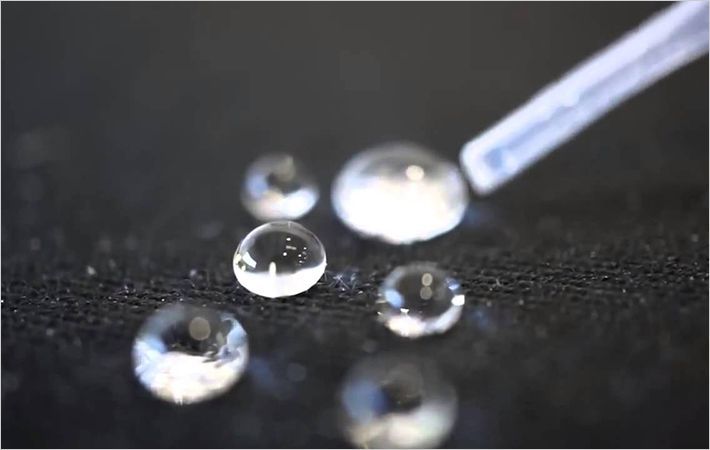“Fabricating exactly identical emitters in parallel with high precision and a lot of throughput — this is their main contribution, in my opinion,” says Antonio Luque Estepa, an associate professor of electrical engineering at the University of Seville who specializes in electrospray deposition and electrospinning. “Fabricating one is easy. But 100 or 1,000 of them, that's not so easy. Many times there are problems with interactions between one output and the output next to it.”
“Fabricating exactly identical emitters in parallel with high precision and a lot of throughput — this is their main contribution, in my opinion,” says Antonio Luque Estepa, an associate #
The microfabrication technique that Velásquez-García's group employs, Luque adds, “Does not limit the number of outputs that they can integrate on one chip.” Although the extent to which the group can increase emitter density remains to be seen, Luque says, he's confident that “they can make a tenfold increase over what is available right now.”
The MIT researchers' work was funded in part by the U.S. Defense Advanced Research Projects Agency.
Massachusetts Institute of Technology


